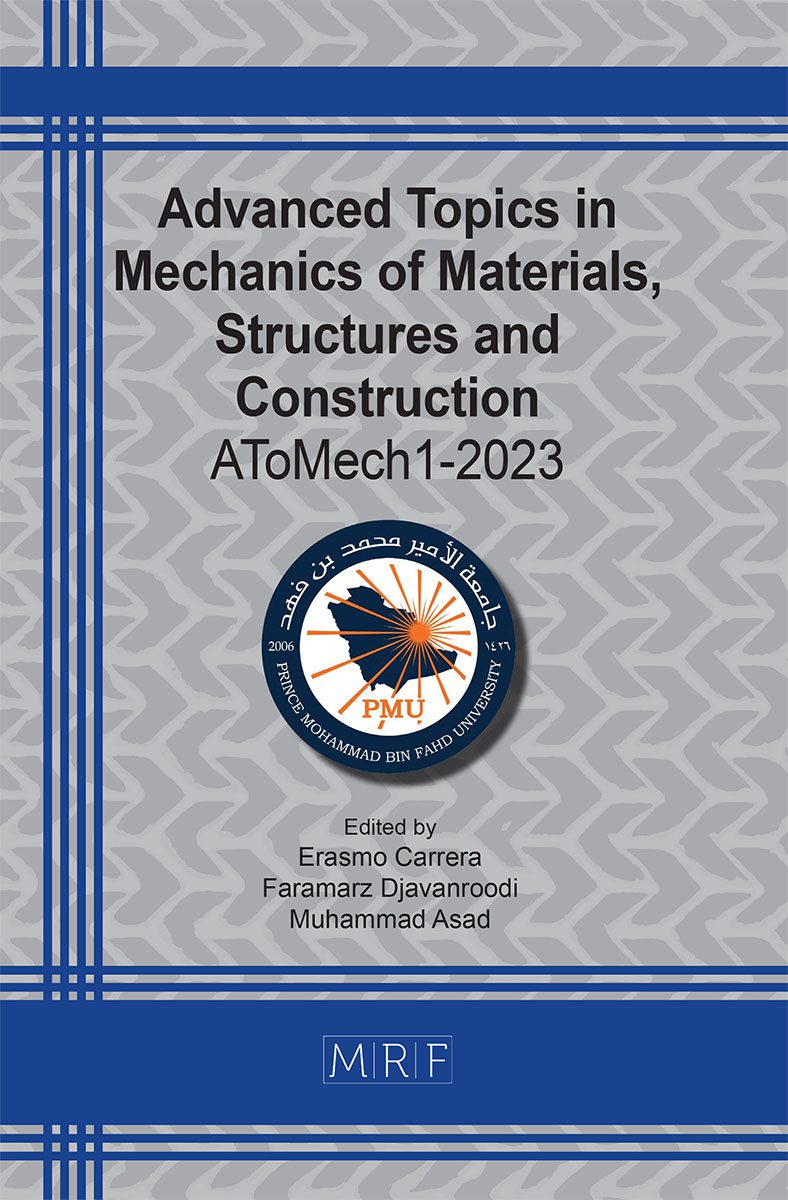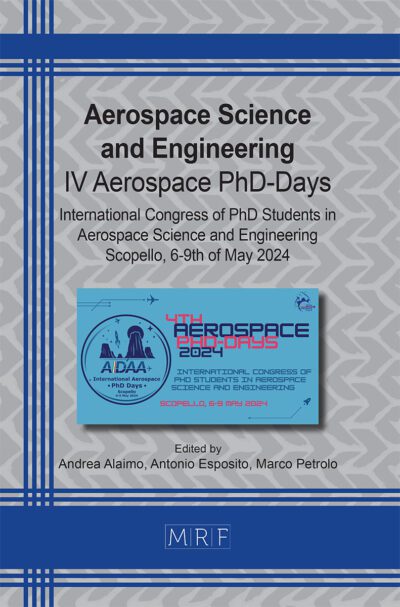Investigating the fluid-structure interaction of L-shaped pipe bends using machine learning
Pratik Punj, Md Adil
download PDFAbstract. The fluid Structure interface is an important area of research for its challenges in fluid structure dynamics in understanding the effect of fluid on motion and deformation of structures. In the current study, we used the L-Shaped pipe bent and did a CFD simulation at the velocity inlet condition of the range 1-3 m/s with keeping adiabatic wall condition and environmental pressure at the outlet. The reason for choosing L-Shaped bent is that it creates a sharp change in the flow direction, which leads to complex vortices, turbulence and pressure distribution. It also puts a significant mechanical load on the structure due to this change in flow, resulting in a large structural deformation. The result of CFD simulation is used to do the structural simulations at different material types, lengths of both arms, keeping the diameter, angle and fillet radius of the bent at a constant value. The database created is then used as an input to the machine learning (ML) model to predict for an arbitrary material and at any length of the bent without doing all the simulations. The simulation results also help to co-relate the impact of variation in length with the bent’s stress, strain and displacement.
Keywords
FSI, L-Shaped Bent, Machine Learning, CFD, Structural Simulation
Published online 8/10/2023, 8 pages
Copyright © 2023 by the author(s)
Published under license by Materials Research Forum LLC., Millersville PA, USA
Citation: Pratik Punj, Md Adil, Investigating the fluid-structure interaction of L-shaped pipe bends using machine learning, Materials Research Proceedings, Vol. 31, pp 240-247, 2023
DOI: https://doi.org/10.21741/9781644902592-25
The article was published as article 25 of the book Advanced Topics in Mechanics of Materials, Structures and Construction
![]() Content from this work may be used under the terms of the Creative Commons Attribution 3.0 license. Any further distribution of this work must maintain attribution to the author(s) and the title of the work, journal citation and DOI.
Content from this work may be used under the terms of the Creative Commons Attribution 3.0 license. Any further distribution of this work must maintain attribution to the author(s) and the title of the work, journal citation and DOI.
References
[1]. Peskin CS. 1972 Flow patterns around heart valves: a numerical method. J. Comput. Phys. 10, 252 271. (doi:10.1016/0021- 9991(72)90065-4) https://doi.org/10.1016/0021-9991(72)90065-4
[2]. Peskin CS. 2002 The immersed boundary method. Acta Numer. 11, 479-517. https://doi.org/10.1017/S0962492902000077
[3]. Goldstein D, Handler R, Sirovich L. 1993 Modeling a no-slip flow boundary with an external force field. J. Comput. Phys. 105, 354-366. https://doi.org/10.1006/jcph.1993.1081
[4]. Saiki EM, Biringen S. 1996 Numerical simulation of a cylinder in uniform flow: application of a virtual boundary method. J. Comput. Phys. 123, 450-465. https://doi.org/10.1006/jcph.1996.0036
[5]. Mohd-Yusof J. 1997 Combined immersedboundary/B-spline methods for simulations of flow in complex geometries. Center Turbul. Res. Annu. Res. Briefs 161, 317-327.
[6]. Fogelson AL, Guy RD. 2008 Immersedboundary-type models of intravascular platelet aggregation. Comput. Methods Appl. Mech. Eng. 197, 2087-2104. https://doi.org/10.1016/j.cma.2007.06.030
[7]. Raymond JP. 2010 Feedback stabilization of a fluid-structure model. SIAM J. Control Optim. 48, 5398-5443. https://doi.org/10.1137/080744761
[8]. Faria CT, Inman DJ. 2014 Modeling energy transport in a cantilevered Euler-Bernoulli beam actively vibrating in Newtonian fluid. Mech. Syst. Signal Process. 45, 317-329. https://doi.org/10.1016/j.ymssp.2013.12.003
[9]. Pontaza JP, Menon RG. 2009 Prediction of VIV response of a flexible pipe by coupling a viscous flow solver and a beam finite element solver. In Int. Conf. on Offshore Mechanics and Arctic Engineering, ASME, Jan 1, vol. 43451. pp. 303- 309. https://doi.org/10.1115/OMAE2009-79150
[10]. Diop M, Mbaye I. 2017 Numerical method for unsteady fluid structure interaction problem. Appl. Math. Sci. 11, 1835-1844. https://doi.org/10.12988/ams.2017.75185
[11]. Long Z, Lu Y, Ma X, Dong B 2018 Pde-net. Learning pdes from data. In Int. Conf. on Machine Learning, PMLR, July 3, pp. 3208- 3216.
[12]. Long Z, Lu Y, Dong B. 2019 PDE-Net 2.0: learning PDEs from data with a numericsymbolic hybrid deep network. J. Comput. Phys. 399, 108925. https://doi.org/10.1016/j.jcp.2019.108925
[13]. Yu Y, Yao H, Liu Y. 2020 Structural dynamics simulation using a novel physics-guided machine learning method. Eng. Appl. Artif. Intell. 96, 103947. https://doi.org/10.1016/j.engappai.2020.103947
[14]. Shit S, Das D, Ezhov I, Paetzold JC, Sanches AF, Thuerey N, Menze BH. 2021 Velocity-to-pressure (V2P)-net: inferring relative pressures from time-varying 3D fluid flow velocities. In Int. Conf. on Information Processing in Medical Imaging, pp. 545-558. Cham, Switzerland: Springer. https://doi.org/10.1007/978-3-030-78191-0_42
[15]. Whisenant MJ, Ekici K. 2020 Galerkin-free technique for the reduced-order modeling of fluid-structure interaction via machine learning. In AIAA Scitech 2020 Forum Jan 5,1637. https://doi.org/10.2514/6.2020-1637














